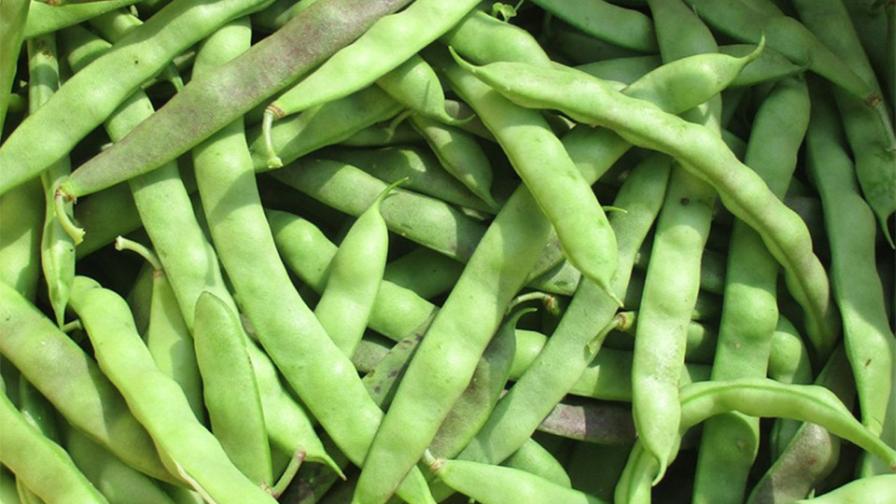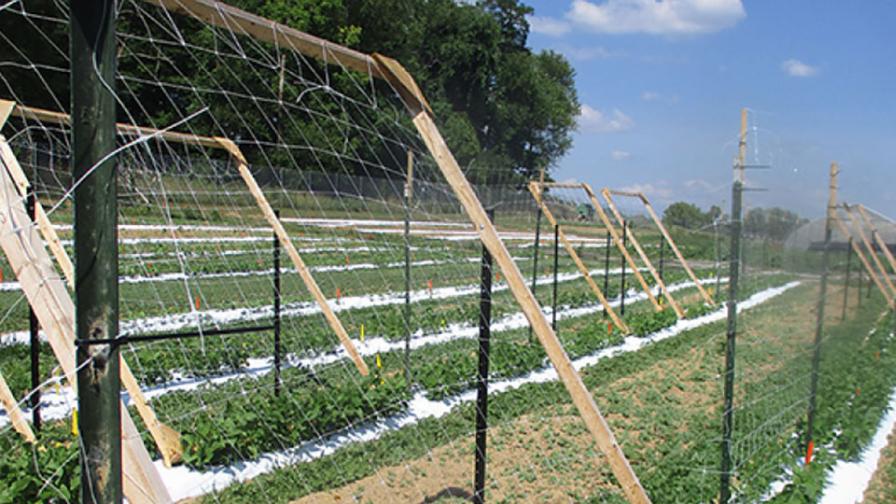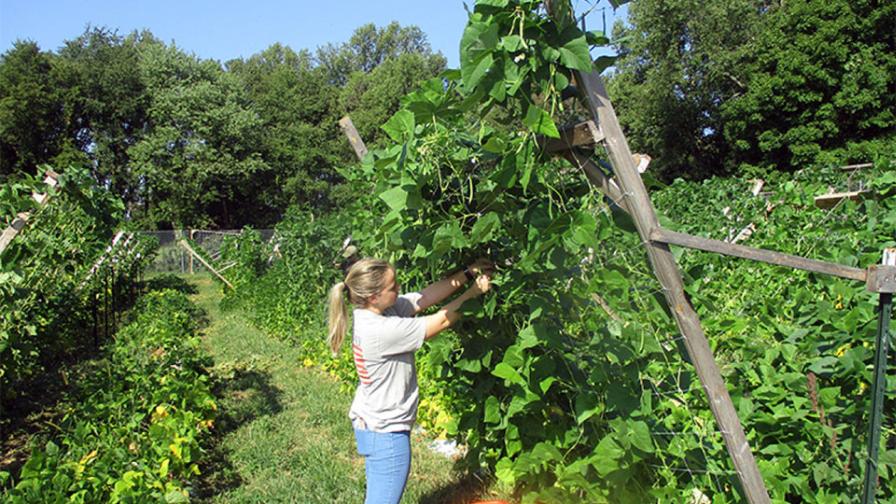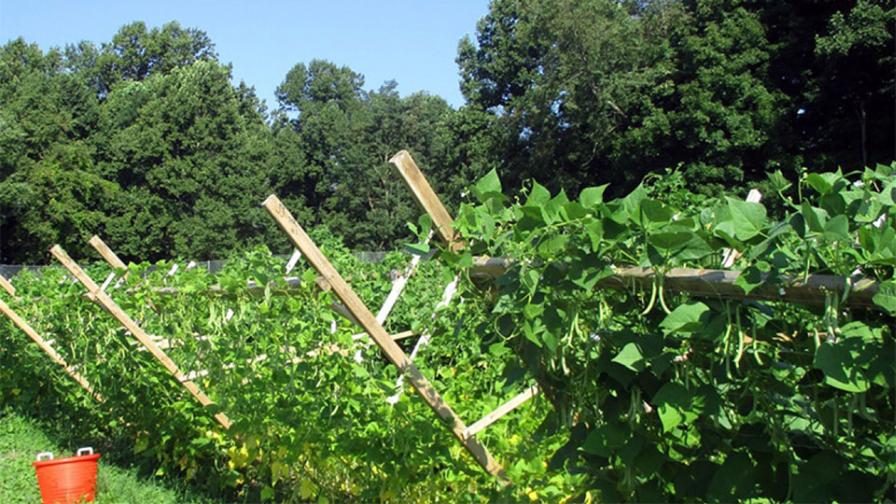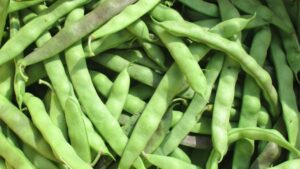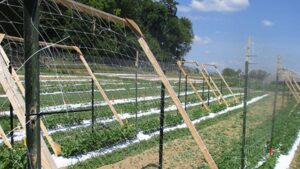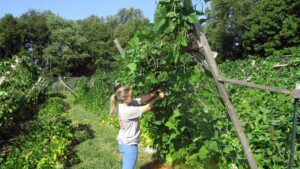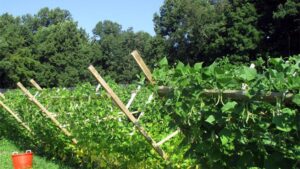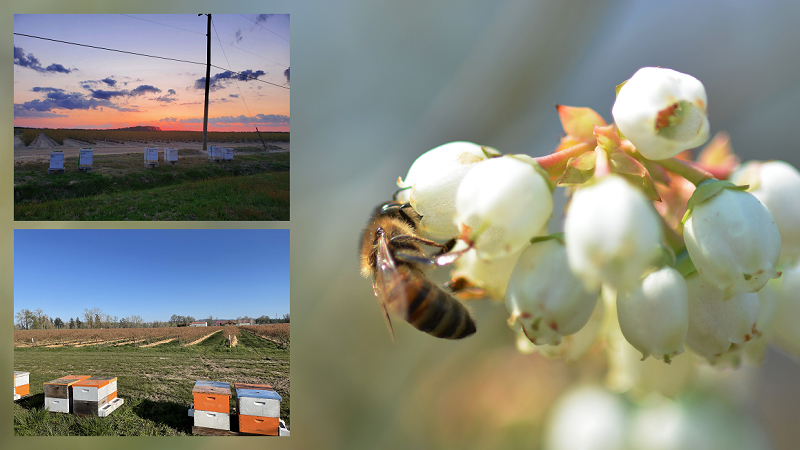A Revival of Alternative Crops in West Virginia
Heritage (heirloom) indeterminate beans are on the comeback trail in West Virginia, according to Lewis Jett, an Extension Specialist in Commercial Horticulture at West Virginia University.
“In Appalachia, beans are a staple crop for many people,” Jett says. “However, there are many ‘new’ consumers of heritage beans. We are seeking crops that are high yielding, flavorful, nutritious, and have a story behind them. There is a competitive advantage since these types of beans are very different from commercial bush bean types in yield and flavor.”
The crop is adapted to the West Virginia climate and has very high yields, Jett says.
“It has a fresh market as well as value-added potential,” Jett says. “We have researched commercial freezing of Appalachian heritage beans for sale to food service as well as individual consumers throughout the year.”
Jett’s team at WVU recently completed a three-year project to improve trellis design for greater harvest efficiency of heirloom runner beans. One of the inhibiting factors to commercial production of heirloom beans is the high labor requirement for harvesting.
Beans were harvested twice per week and immediately weighed and rated for quality parameters. Both the ‘Non-Tough’ and ‘Josephine Jackson’ varieties produced very high marketable yield of fresh green beans, according to the research. ‘Non-Tough’ produced the highest marketable yield of the half-runners evaluated. Both varieties had very good uniformity of size and color.
The trellis design significantly affected marketable yield. The cross-arm trellis design had a marketable yield that was 15% to 35% higher than the vertical trellis. The north-leaning trellises out-yielded trellises leaning south. The single-arm trellis did not have significantly higher marketable yields than the vertical trellis for either half-runner or pole bean types. Quality of beans grown on the single or cross-arm trellis was perceived to be better than beans harvested from the vertical trellis. Half-runner beans had better quality and visual pod color when grown on the single and cross-arm trellis.
Both the single and cross-arm trellis design effectively separated the pods from the canopy, making it much easier for harvesters to harvest beans at marketable maturity. There was almost no contact with harvesting and the plant canopy with the cross arm or single arm design. The vertical trellis was much more entangled, and time was spent foraging for pods in the canopy. When measured as time per unit harvested, both angled trellis improved harvest efficiency, according to the research.
Jett’s study concluded that altering the orientation of the trellis may be a solution to the problem.
“Angled trellises can significantly improve quality of the beans but also have equal or higher marketable yields compared with conventional vertical trellising,” Jett wrote. “Harvest efficiency is improved by using single- or double-cross-arm trellises for indeterminate beans.”





